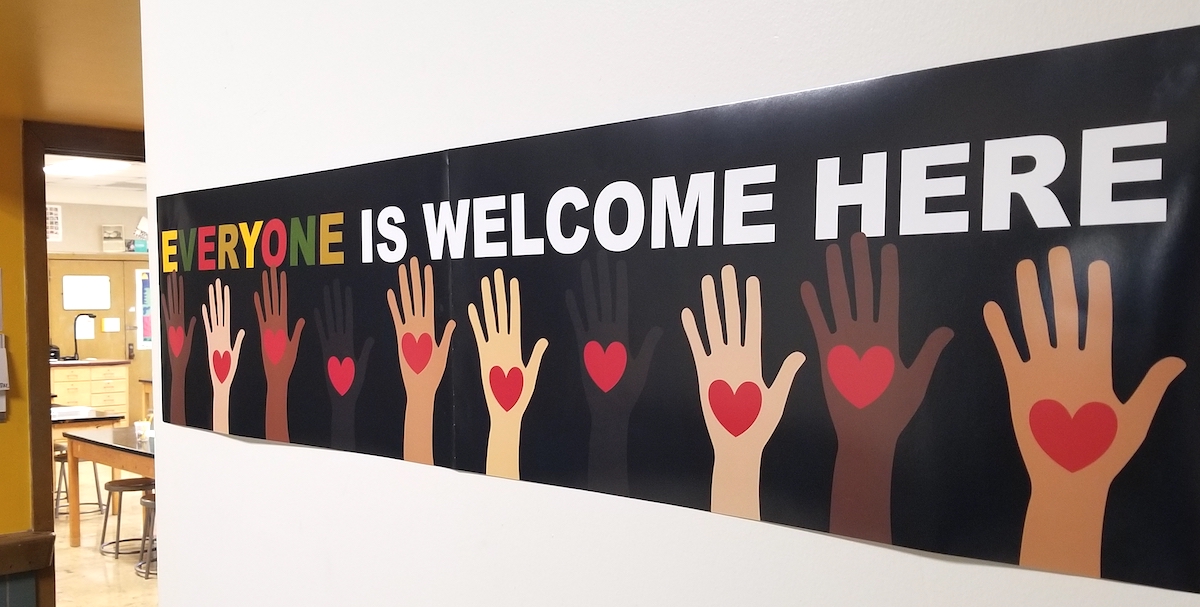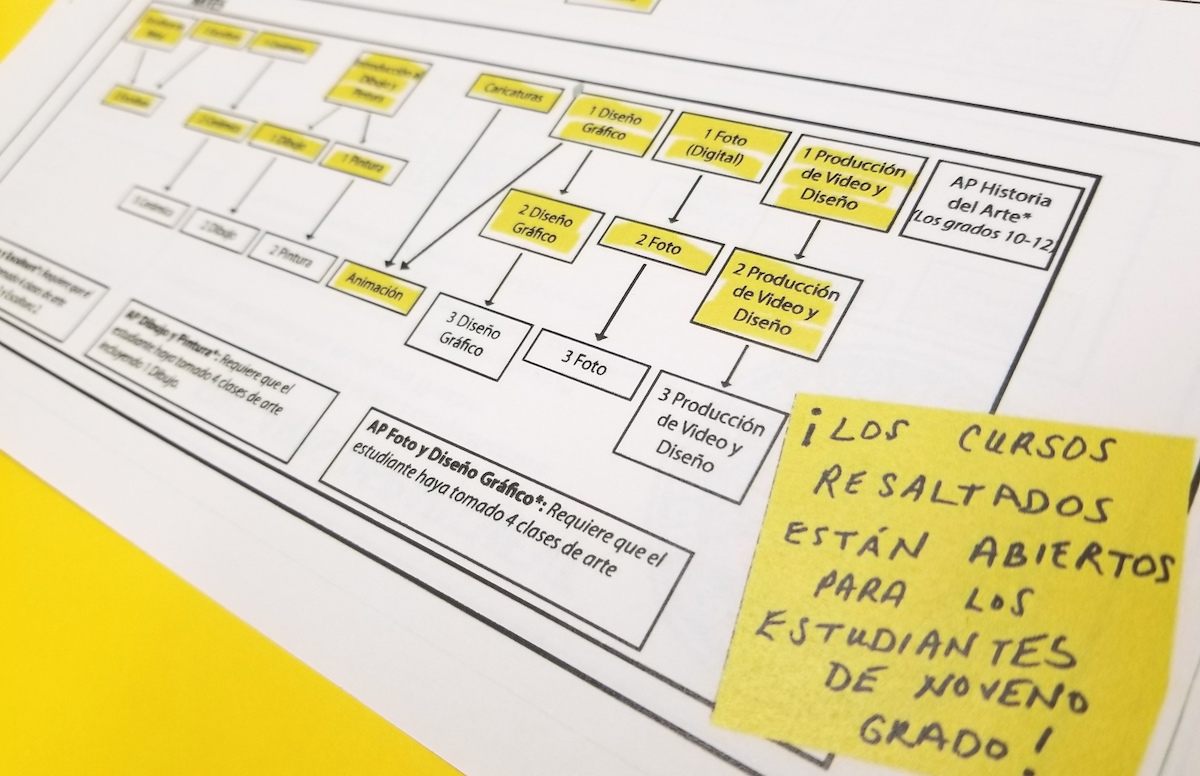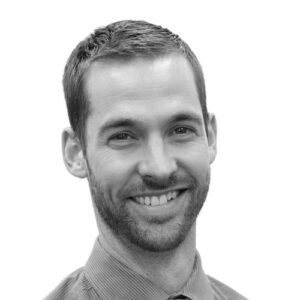Each year high school and middle school students begin to think about courses for the following year and there can be a flurry of panicked questions that race through your mind: How can I recruit more students? How can I make sure they sign up for art? Recruiting might feel even more challenging this year if you haven’t even seen your students in-person or even on camera. Regardless of your current situation, next year is still going to come, and with that a new wave of students. Unfortunately, many schools continue to base a teaching job on student registration numbers and recruitment is a very real need. While this can create a lot of anxiety, there are some aspects of the process you can control and they might not be what you think.
So, what’s the secret?
Everyone swears they have the answer. They’ll hang posters, visit the younger students, display artwork, email parents, participate in school-wide registration events, etc. In short, art teachers will put on their best dog and pony show and do everything they can think of to recruit as many students as possible. But here’s the secret, none of that matters as much as you do.

The posters don’t mean anything if an interested student asks a friend about the art course you teach and they hear a bad review. The amazing wall of art you created with an Uncle Sam “I Want You” poster isn’t as effective when a student shares with their friend their recent project wasn’t fun to make. The most effective form of recruitment is the conversations students will have with each other at the lunch table. This can be scary to accept because you don’t have direct control over the situation. Now, this isn’t to imply that you should just be the “fun teacher” all students love in order to be in their good graces. We’ve all experienced the teacher with no standards where students enjoy the classroom because they feel they can do whatever they want. You can still be a good teacher and have students talk positively about you, which comes from a few places:

- Relationships: You have positive relationships with all of your students, regardless of their identity and/or artistic ability. Students feel a sense of community in the art room and you genuinely care for their well-being. Students feel comfortable asking for help and sharing their ideas. Ultimately, your art room is a space they want to be.
- Learning Experiences: Students enjoy your class because of the opportunities and experiences you provide. This could include an extreme project like throwing balloons filled with paint or an art trip to New York. Students are learning the curriculum through memorable experiences that they want to talk about with their friends.
- Relevancy: Students enjoy and feel a sense of purpose in the art projects you design. Your art projects are structured to allow for some student choice and ownership of the work. Students are supported as they express their ideas and creativity. Student identities are honored through the artists you incorporate into the curriculum.
Developing a positive reputation for you and your course does not happen overnight or in isolation. It can take years for students and families to learn who you are and what you’re about. Your character and your work are built over time through the daily interactions and exchanges with students and families.
Now, what else can you do?
Even if you have a great reputation in your school and community, it certainly doesn’t hurt to support students through the course registration process. There are some tangible ways you can ensure students are making informed choices about their courses. Here are a few ideas:

- Inform students and families: Think of a creative way to make sure students and parents know what courses are available. Do not assume they have read the course catalog or looked at your website. This could include email communication, posters, an online art gallery, etc. Just be sure whatever you do connects with the culture of your community to maximize success.
- Personalize the information: In addition to broad communication, develop a manageable approach to personalizing your thoughts for each student. Communicate with each student which art course you recommend for the following year based on their abilities and interests. Try connecting your recommendation to future goals the student might have in a capstone course or post-secondary plan. These moments of personalization can be meaningful for students and families and make them feel more encouraged and welcomed in the arts.
- Be Engaging: Dog and pony shows aren’t for everyone and some art teachers prefer to sit in the back row instead of being on stage. In this case, be smart and strategic about engaging the students. Remember, art is a conversation starter. So what happens when say 100 students walk out of the art room with an art piece in hand? At least one person is going to ask, “What’s that?” and now a conversation has started about a piece made in your class. Or what happens when each kid posts a piece of work from your class with a hashtag about your class? You’ve just created an online gallery that will reach a large audience. Overall, think about ways to require little maintenance, but make a big impact.
Learn more:
5 Traits to Be a Great Art Teacher
Are You Being Your Authentic Self?
Why Building Relationships Should Be at the Center of Everything You Do
Schools are already in a challenging situation and the course registration process can create even more anxiety. Being intentional about how you communicate your courses and recommendations to students can make a significant difference in their course selection process. Discovering manageable ways to recruit is the key to sustaining a long-term plan. And remember—none of it means as much as a positive rapport with students and families and a meaningful art experience for all.
What other ways can art teachers start a conversation with students about art courses?
How else can schools be structured to avoid annual anxiety for art teachers?
Magazine articles and podcasts are opinions of professional education contributors and do not necessarily represent the position of the Art of Education University (AOEU) or its academic offerings. Contributors use terms in the way they are most often talked about in the scope of their educational experiences.





